How, and Why, to Store Cheese Plastic-Free
Cheese is that food you go to when nothing sounds good... or when everything sounds good. It's a perfect protein-packed-pick-you-up in the early afternoon and a great midnight snack to keep you from waking up hungry at 5 am (the worst).
How (and why!) to Store Cheese Plastic-Free
If you call yourself a connoisseur, you might like to treat your cheese with a little more respect than that of any old midnight snack. Turns out, we could all use a little lesson from the folks who know what they’re talking about when it comes to storing cheese.
The traditional method of storing cheese is cheese paper. But, I mean, who buys cheese paper? Ok, probably a lot of people... but since you already have beeswax food wrap on hand for a slew of other kitchen tasks, we're going to use it for cheese in place of disposable cheese paper.
Fromagers agree that cheese should NOT be suffocated in plastic. The cheese will not only absorb the plastic flavor but also absorb the ammonia it naturally emits when stored air-tight. Since this flavor is probably not what you're going for, Ideal Wrap has you, and your cheese, covered.
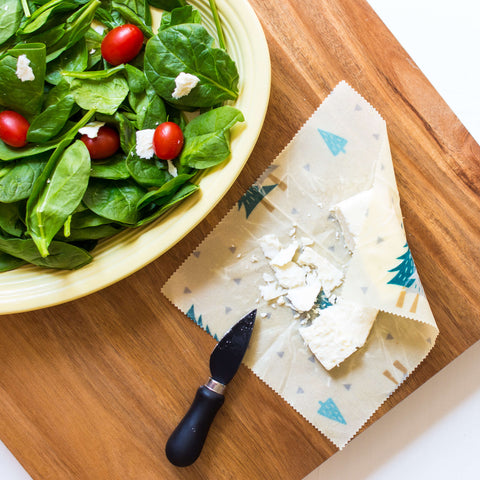
Ideal Wrap allows cheese to breathe
Ideal Wrap creates the perfect seal for those mango fire habanero cheddar and coconut goudas that you love to slice in the middle of the night. The natural properties of our reusable food wrap keep cheese safe from bacteria while allowing it to breathe.
And as a bonus, Ideal Wrap makes a great surface for slicing and grating. (Of course, you'll want to be careful to not slice into your wrap!) It also wraps and seals beautifully around blocks and wedges, so you can keep them stacked neatly (or just piled randomly) in your refrigerator.
 After using Ideal Wrap for a few months and with many different types of cheeses, I have put together a few tips for keeping cheese fresh and flavorful using Ideal Wrap.
After using Ideal Wrap for a few months and with many different types of cheeses, I have put together a few tips for keeping cheese fresh and flavorful using Ideal Wrap.
The agreed-upon length of time that any cheese will last after it's been opened is about 2 weeks, so I'll use that as a reference.
How to Wrap Cheese using a Beeswax Food Wrap
Before you begin, wash your hands, and remove the cheese from its original packaging.
Setting the block or wedge in the center of your beeswax wrap, pull the wrap up and over the wedge or block without allowing any air or moisture between the wrap and the cheese surface, to create a perfect seal. Continue to fold over the edges onto each other like wrapping a present, using slight pressure to seal the wrap to itself.
For hard cheese
If you plan to store a wedge of parmesan or block of cheddar or jack for more than a few days, select a wrap that's a little bigger than you need. This way you can "double wrap" which will keep the cheese from drying out, so you can get your two-weeks out of it. It will be easy to apply the pressure needed to create a seal when wrapping hard cheeses. These cheeses do well in the humidity drawer in your fridge, to further prevent drying out.
If you’re serious about hard cheeses and want to create the perfect cheese storage solution, pick up a handful of beeswax pellets at your local craft store, and melt them evenly onto a medium-sized Ideal Wrap. Once this has cooled, it will have created an extra-thick wrap, which will make an even more durable surface for slicing and grating, but also prevent cheese from drying out when stored for longer periods of time. This is a great option for storing sliced cheese, which can dry out even faster.
Traditional methods of preventing hard cheeses from drying out include wrapping in plastic wrap after wrapping in cheese paper. You can do something similar using a plastic baggie or reusable silicone bag, but don't seal it and forget it. The ammonia odor can overwhelm your beeswax wrap if left sealed with the cheese for too long. As a middle-ground, try the cheese in an unsealed bag, if double-wrapping wasn't enough to prevent the cheese from drying out.
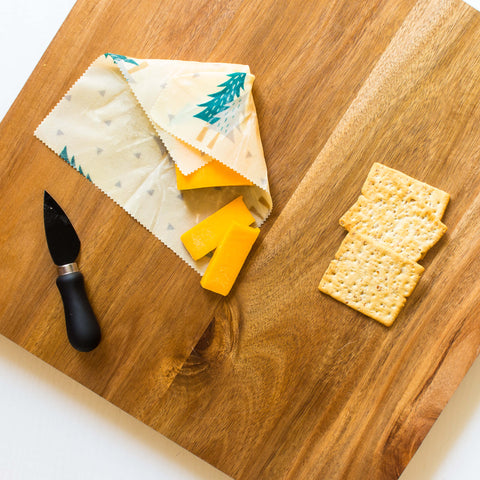
For semi-hard cheese
Most cheddars, blues, goudas, etc. don't need any special treatment. The beautiful bleu in the pic above lasted 4 weeks (!) in my fridge before the rind began to mold. These cheeses don't tend to dry out when wrapped in a single layer. But if you live in a dry climate, you may find they dry out before they finally mold. Ideal Wrap definitely extends the average life of semi-hard cheeses by at least a week.
For soft and semi-soft cheeses
To wrap semi-soft cheese, try folding all edges towards the top (like a sandwich), and then flipping over to allow the weight of the cheese to hold the folds in place. No smushing necessary. This works for goat and feta cheese, as well, before it's crumbled.
Soft cheese in a rind, like Brie, store amazingly well in Ideal Wrap, and the rind definitely helps with the wrapping process.
Grated cheese and crumbles
Ideal Wrap is perfect for grated and crumbled cheese! Simply grate or crumble directly onto the wrap. You can use the wrap to transport, measure, weigh, or sprinkle. To store, use a tri-fold with the cheese piled in the middle, and then fold the two ends and pressing down on the ends to create a bag.
Things to avoid
Don’t store your cheese in Ideal Wrap for too long. Eventually the cheese will go bad, and you don’t want your wrap going bad with it. So check on your stash every couple days, and if it starts to smell like the ammonia is taking over, it’s time to let it go. Or maybe feed it to your goat.
Don’t let liquid collect. If your cheese is emitting liquid, make sure you dry it out every couple of days for the sake of your wrap and your cheese. Ideal Wrap works best when it’s clean and dry.
Cheese Blogs
Love reading about cheese?! Check out our fave cheesy blogs!
Thanks for reading! Do you love Ideal Wrap for storing cheese? Do you have any other tips that can help other readers? We'd love to hear from you! Comment below!
Click here to shop our collections now!
Interested in wholesale or private label? Email emily@idealwrap.com for pricing and information.

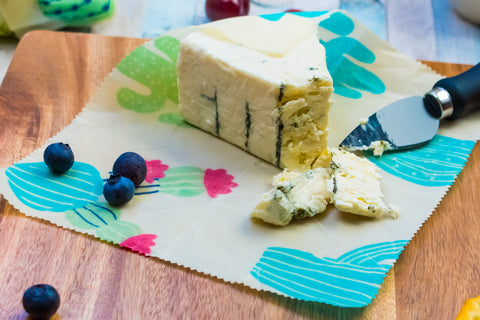
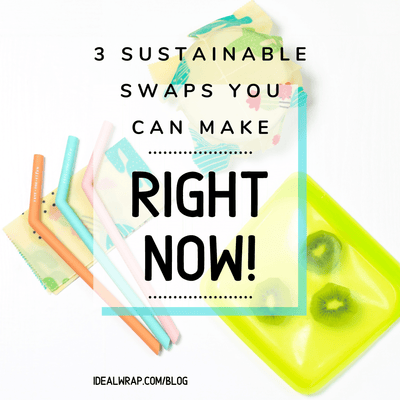



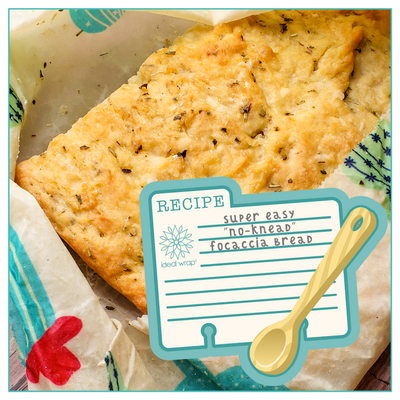

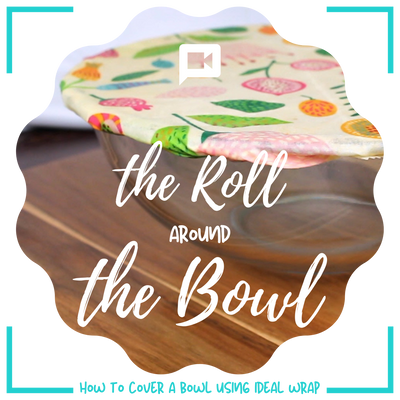
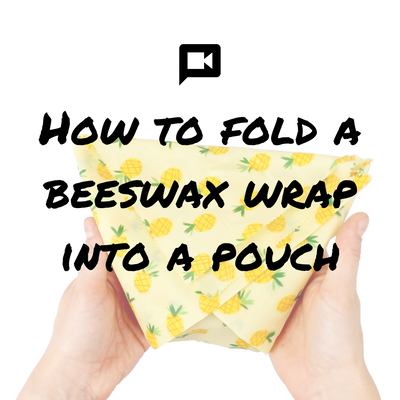
Muchas gracias. ?Como puedo iniciar sesion?